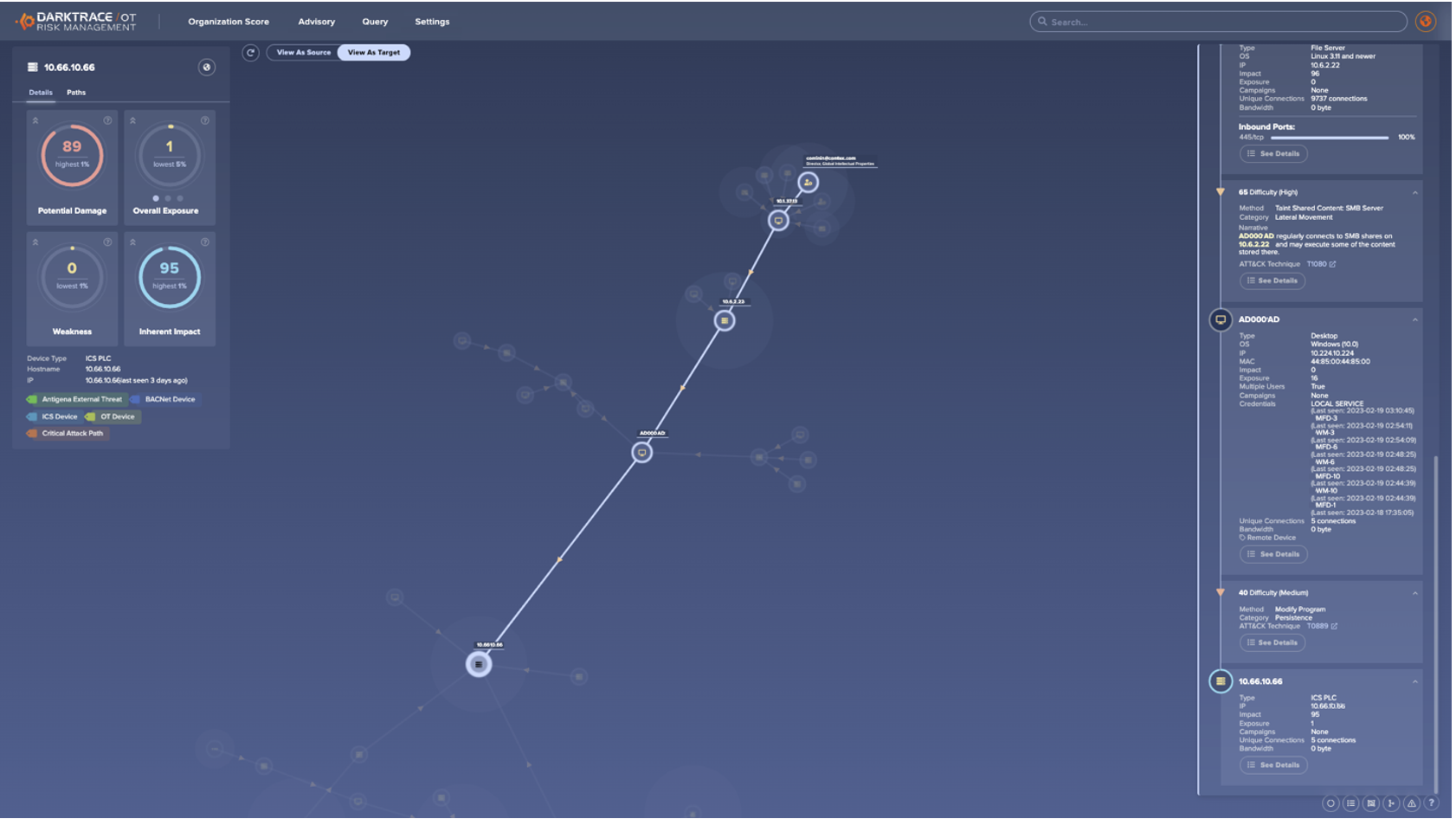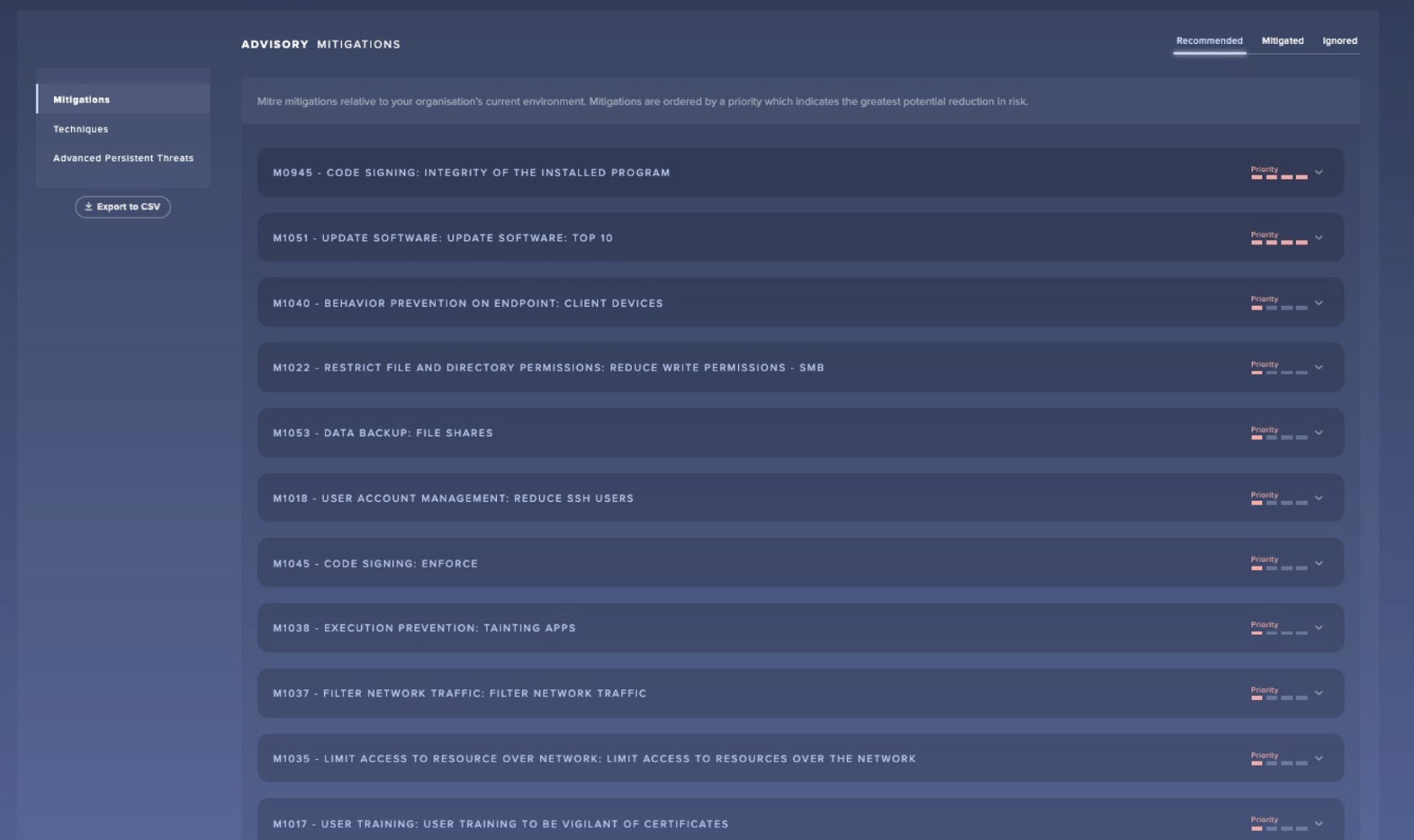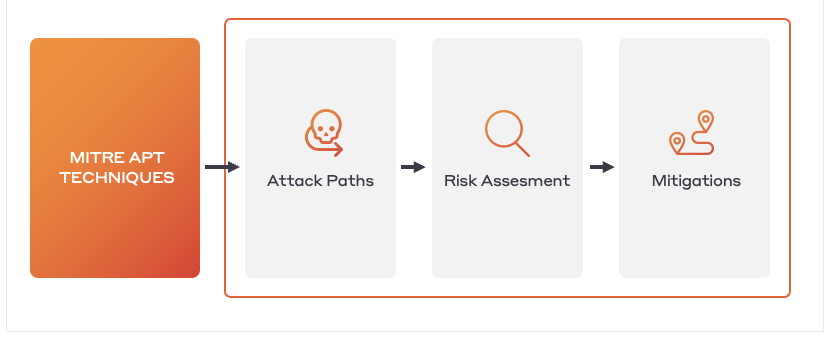Remote work poses new challenges
As organizations rapidly transition to remote working, security professionals tasked with defending critical infrastructure and OT systems are faced with a broad set of challenges. New business measures, many of which were enacted overnight, have introduced risks to OT environments that can be safety-critical. This blog post summarizes the emerging vulnerabilities and offers advice for OT security professionals to stay secure under these evolving and dynamic business conditions.
Remote access
Under new business pressures, operators and engineers are being granted levels of remote access that were previously considered unacceptable risks. Remote access to OT networks has always been a significant threat vector, whether the intended users are company staff or third-party contractors and vendors. Compromised remote access can serve as a launching point for many other malicious or dangerously misguided activities – something referred to many times in the recently released MITRE ATT&CK for ICS matrix under the ‘Initial Access’ and ‘Lateral Movement’ sections. This is especially true in the current period of sweeping and sudden changes in working practices, where staff may not have been trained in advance and static cyber defenses have to be rapidly adjusted. The potential for new oversights and mistakes is at an all-time high.
Many OT security architectures heavily rely on a ‘defense-in-depth’ approach, which involves building multiple layers of defense outside the core OT functions. This has always been vulnerable to a dedicated attacker or an effective worm malware. However, recent measures have seen a rapid escalation in the most dangerous form of remote access, which likely emerges within most of those defensive layers – and without the long planning process that would usually be followed in preparation.
These changes open the door to new vulnerabilities at a time when industrial environments are already experiencing significant operator resource problems. Remote access is not efficient, which means these organizations will already be struggling. Asking these organizations to also take on new security responsibilities, that take time to put in place and facilitate, hugely exacerbates the problem.
Convergence with IT
This transition to remote access exposes some of the longer-term security challenges faced by teams overseeing industrial environments. This includes the historical trend of IT hardware, operating systems, and services invading OT networks for financial efficiency without being suitable for the availability-first environment – hence the difficulty of maintaining up-to-date patching.
The increasing interconnectivity of OT and IT means that defending against an attack on the operational side, whether intentional or as collateral damage, has become of paramount importance. Vulnerable OT equipment is often used as a gateway for a more pernicious attack on the network, and in equal measure, attacks that start in the corporate IT system can result in disruption to physical operations – causing catastrophic losses to production.
Supply chain risk
Physically establishing a test environment may be impossible given the current circumstances, and yet the production environment has to keep running. This may again result in a lower level of testing than was previously acceptable, as well as opening up another vector of attack through the supply chain – as pre-infected hardware and malware can appear directly within the production environment.
In these conditions, carrying out risk and security reviews for all vendors and the products they are purchasing has never been more important. Additional reviews and monitoring of any outsourced or open-sourced components will be critical to mitigate against supply chain risk – but these precautions may be neglected due to current business environments and policies.
An overnight change
The sudden shift in working practices will also expose the limitations of staff training – for example, in what they are supposed to be doing and not doing over remote access. Taken away from the secure environment normally supported by a location in a physical HQ, security professionals and OT engineers will now be working within their own home networks, which invariably will not be as secure as the working environment. The required level of education cannot be rolled out over this short timeframe. As well-meaning employees seek to urgently resolve business obstacles, protocol will inevitably be breached.
Further, sudden changes in static security like firewall rules are destabilizing, and more likely to have errors and unwanted permissions. Alterations to OT systems, in particular safety-critical processes, take enormous forward planning, and it is extremely rare for them to have to take place because of sudden and fundamental change.
Mitigating the risks
The transition to remote working means OT security teams will have to be able to better investigate security incidents without being onsite. This means a marked improvement in visibility and forensic capabilities is required.
The limitations of traditional security tools reliant on rules and signatures of previously identified threats will be thrown into the spotlight under the current circumstances. Organizations will instead need to move to more flexible security platforms that can adapt to sudden business changes. Hundreds of organizations have turned to cyber AI as an ally in enhancing their defense strategy to combat these OT challenges. AI is particularly suited to supporting security teams in this new set of dynamic conditions due to three key features:
- The detection capability is consistent across both OT and IT technologies. These are always intermingled in real OT networks, but significant remote access increases the presence of more traditionally IT services and risks.
- Its unsupervised machine learning core does not require extensive manual configuration or maintenance. This is particularly crucial at a time when working practices have changed to generally less efficient methods, meaning human resources are now at a premium.
- The Cyber AI Analyst advances both of the prior themes even further by automatically applying expert IT and OT analysis skills, saving human analysts large amounts of time on triage and investigation.
The Industrial Immune System can be installed within just one hour, allowing organizations to adapt to these sudden changes within the timeframe required. Darktrace is committed to helping its customers with their urgent cyber security needs at this time of rapid and sudden change.











































